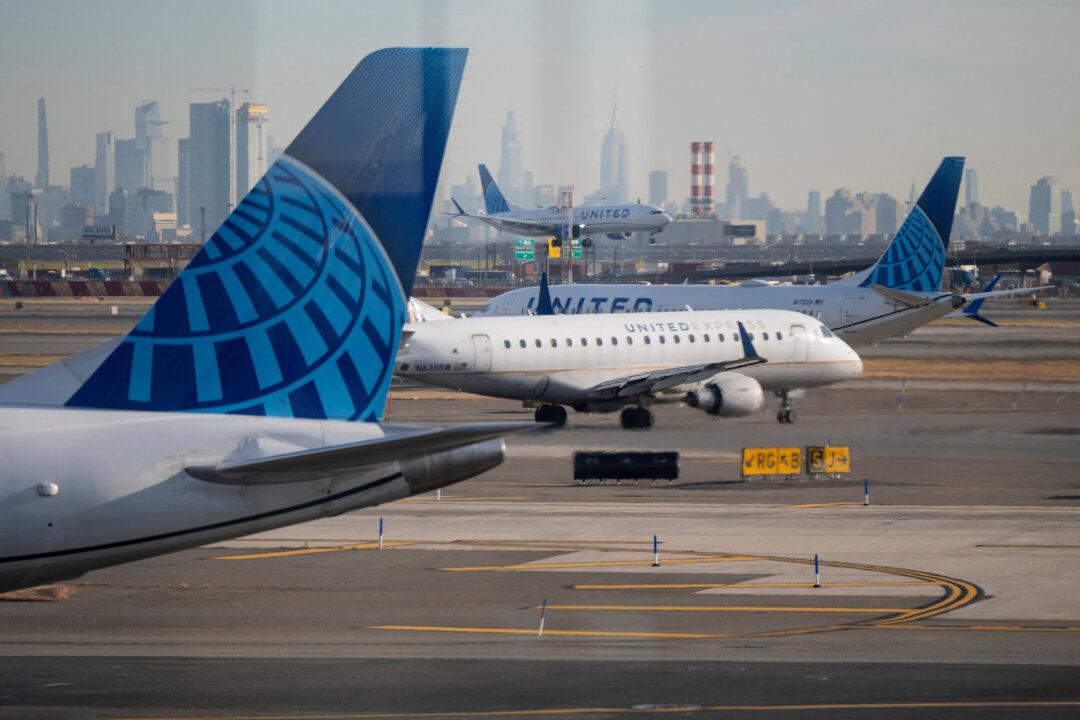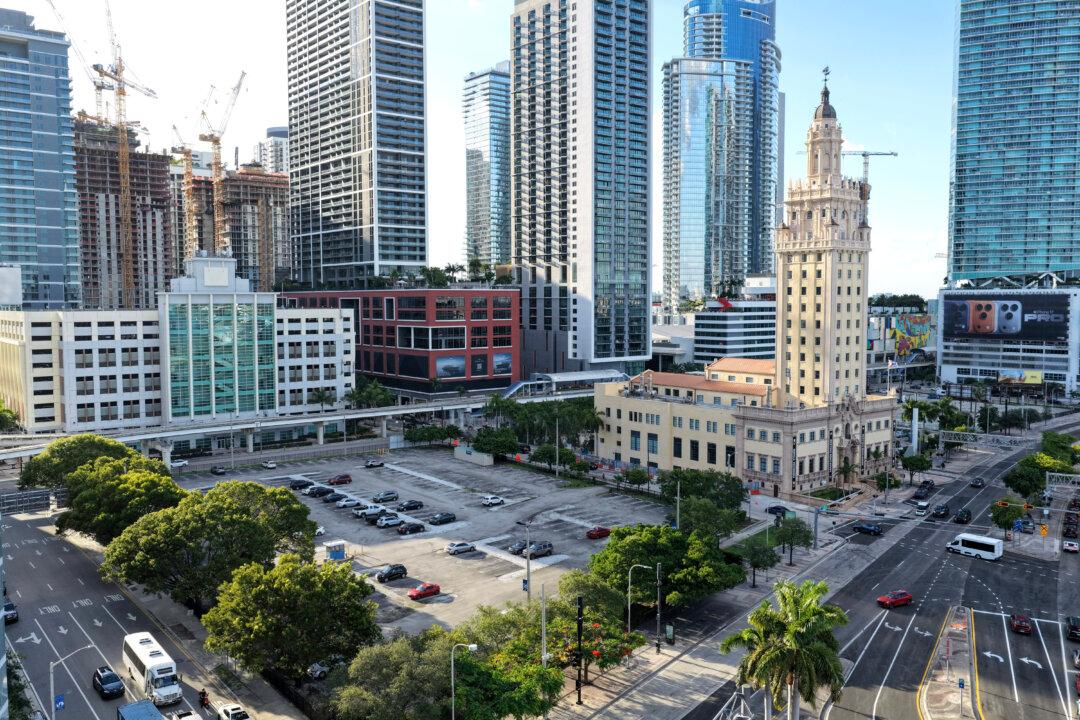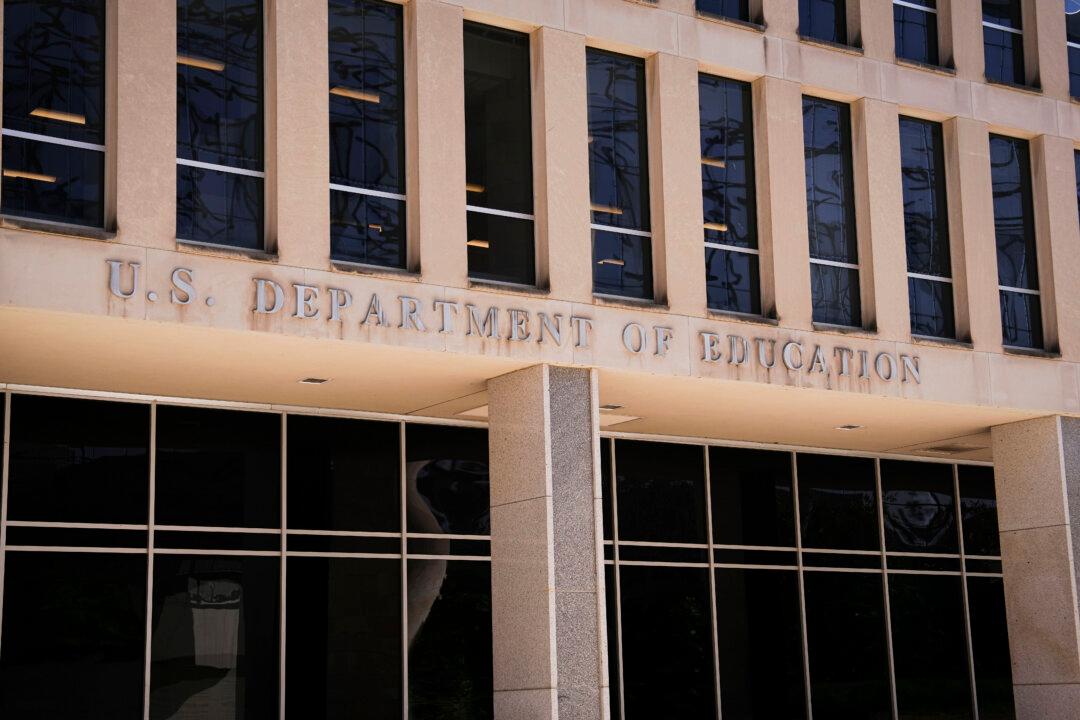The Federal Aviation Administration (FAA) said Wednesday it is taking immediate steps to address problems that have escalated flight delays and cancellations at Newark Airport in recent weeks.
In a statement, the agency explained that the air traffic controllers responsible for Newark’s airspace are based in Philadelphia, while the radar data processing system they rely on is in New York. A failure in the telecom connection that transmits that data to the Philly center was one of the key issues that triggered the current disruptions.





